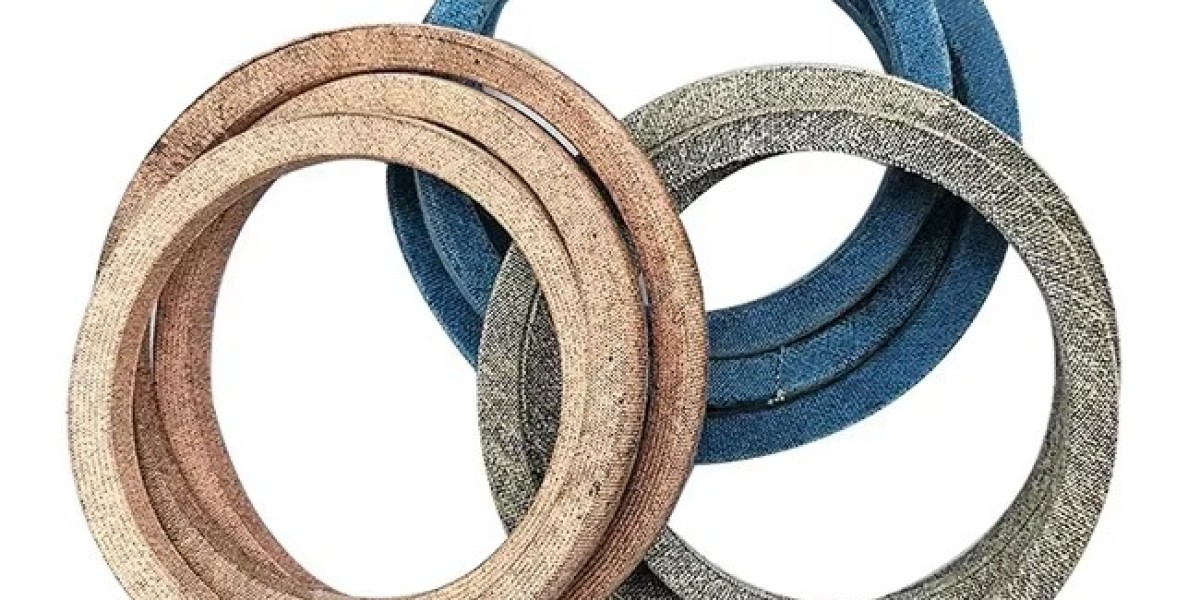In the fast-paced world of modern manufacturing, efficiency and precision are paramount. Synchronous belts have emerged as a critical component in various mechanical systems, offering unparalleled performance and reliability. This article explores the essential role of synchronous belts in contemporary manufacturing processes, highlighting their advantages and applications across different industries.
Understanding Synchronous Belts
Synchronous belts, often referred to as timing belts, are designed to transmit power between rotating shafts with minimal slip. Unlike traditional V-belts, these belts engage with toothed pulleys, ensuring a precise synchronization of motion. This feature is crucial in applications where timing and accuracy are essential, such as in robotics, conveyor systems, and automotive engines. The ability of synchronous belts to maintain consistent speed and torque makes them a preferred choice for manufacturers aiming to enhance operational efficiency.
Advantages of Synchronous Belts
One of the primary advantages of synchronous belts is their durability. Made from high-quality materials such as neoprene, polyurethane, or rubber, these belts can withstand harsh operating conditions and resist wear and tear over time. Additionally, synchronous belts operate quietly and require minimal maintenance compared to other belt types, reducing downtime and maintenance costs for manufacturers. Their lightweight design also contributes to energy efficiency, allowing machines to operate more smoothly and reducing overall energy consumption.
Applications in Various Industries
Synchronous belts find applications in a wide range of industries, including automotive, aerospace, and manufacturing. In the automotive sector, they are used in timing systems to ensure that engine components operate in harmony. In manufacturing, synchronous belts are integral to conveyor systems, enabling the efficient movement of products and materials. Furthermore, in robotics, these belts provide precise control over movement, essential for tasks that require high levels of accuracy. The versatility of synchronous belts makes them indispensable in today’s manufacturing landscape.
Future Trends in Synchronous Belt Technology
As technology continues to evolve, so too does the design and functionality of synchronous belts. Innovations such as advanced materials and manufacturing techniques are leading to belts that offer even greater strength and flexibility. Additionally, the integration of smart technologies is paving the way for belts that can monitor their own performance and wear levels, providing manufacturers with valuable data to optimize their operations. The future of synchronous belts looks promising, with ongoing advancements that will further enhance their role in modern manufacturing.
In conclusion, synchronous belts play a vital role in modern manufacturing by providing reliable, efficient, and precise power transmission. Their numerous advantages, including durability, low maintenance, and versatility, make them an essential component in various industrial applications. As technology advances, the potential for synchronous belts to further improve manufacturing processes is limitless, underscoring their importance in the future of industry.






